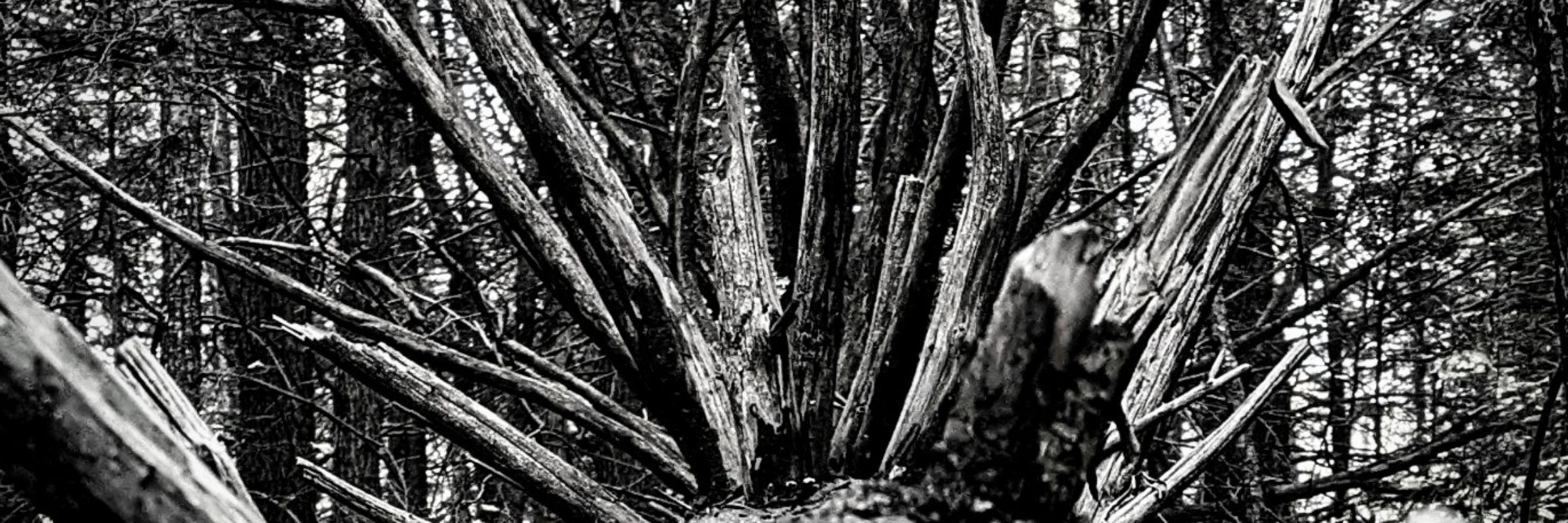
Julien Corbo
@juliencorbo.bsky.social
Neuroscience Research Associate @Polack lab, Rutgers university. Sensory processing, cortex, perception
He/him
He/him
Reposted by Julien Corbo
Congratulations to @juliencorbo.bsky.social and all the co-authors for this amazing study! 🎉🏅🤯. Don’t miss Julien’s thread 🧵 👇🏻 that summarizes very well the main points of the paper.
January 8, 2025 at 11:26 PM
Congratulations to @juliencorbo.bsky.social and all the co-authors for this amazing study! 🎉🏅🤯. Don’t miss Julien’s thread 🧵 👇🏻 that summarizes very well the main points of the paper.
Please check out the paper (and the supplementary figures) there is a ton more to this story that could not fit in a post!
#neuroskyence #visualcortex #sensory #perception
#neuroskyence #visualcortex #sensory #perception
January 8, 2025 at 9:59 PM
Please check out the paper (and the supplementary figures) there is a ton more to this story that could not fit in a post!
#neuroskyence #visualcortex #sensory #perception
#neuroskyence #visualcortex #sensory #perception
What shapes the discrete domains? Surround suppression in orientation space! Neurons preferring orientations flanking task stimuli are less responsive, creating a W-shaped modulation reshaping representations. Distortions not present in Naïve 🐭, their orientation representation space was more “flat”

January 8, 2025 at 9:58 PM
What shapes the discrete domains? Surround suppression in orientation space! Neurons preferring orientations flanking task stimuli are less responsive, creating a W-shaped modulation reshaping representations. Distortions not present in Naïve 🐭, their orientation representation space was more “flat”
Does activity in these domains drive behavior? We computed a "Go evidence" ratio: relative activation of Go & NoGo domains. It explained ~90% of the variance of perceptual decisions, as if V1 outputs probabilistic Go/NoGo estimates! Suggests discrete, domain-based integration of V1►sensory decisions

January 8, 2025 at 9:54 PM
Does activity in these domains drive behavior? We computed a "Go evidence" ratio: relative activation of Go & NoGo domains. It explained ~90% of the variance of perceptual decisions, as if V1 outputs probabilistic Go/NoGo estimates! Suggests discrete, domain-based integration of V1►sensory decisions
When task is difficult (NoGo° close to Go°), V1 doesn't encode stim orientation faithfully. Discrete domains emerge: "Go" (~45°) & a "NoGo" (~90°) in which the activity is constrained. Surprisingly NoGo resp. are bimodal-hinting at categorical processing. Not observed in Naïve 🐭 passively viewing

January 8, 2025 at 9:52 PM
When task is difficult (NoGo° close to Go°), V1 doesn't encode stim orientation faithfully. Discrete domains emerge: "Go" (~45°) & a "NoGo" (~90°) in which the activity is constrained. Surprisingly NoGo resp. are bimodal-hinting at categorical processing. Not observed in Naïve 🐭 passively viewing
Behavioral thresholds vs. neuronal capacity: Mice trained in a Go/NoGo orientation task showed discrimination threshold between 15°–30°. But V1's neural activity contained more information; shallow neural nets trained on V1 data vastly outperformed behavior
➡️ at 20° angle, SNN D'>4, Mouse D'< 1.7
➡️ at 20° angle, SNN D'>4, Mouse D'< 1.7

January 8, 2025 at 9:47 PM
Behavioral thresholds vs. neuronal capacity: Mice trained in a Go/NoGo orientation task showed discrimination threshold between 15°–30°. But V1's neural activity contained more information; shallow neural nets trained on V1 data vastly outperformed behavior
➡️ at 20° angle, SNN D'>4, Mouse D'< 1.7
➡️ at 20° angle, SNN D'>4, Mouse D'< 1.7
Through task training, V1 transitions from continuous to categorical representations that predict the 🐭 behavioral performance. Task-driven excitability modulation splits the evoked activity into discrete domains, suggests a probabilistic encoding of the stimuli category (Go/NoGo). More details in 🧵

January 8, 2025 at 9:45 PM
Through task training, V1 transitions from continuous to categorical representations that predict the 🐭 behavioral performance. Task-driven excitability modulation splits the evoked activity into discrete domains, suggests a probabilistic encoding of the stimuli category (Go/NoGo). More details in 🧵
That sounds cool! What's the paper ref? We didn't look at correlations per se but learning reduces the trial to trial variability of the responses, which I'm sure goes along with more correlated ensembles.
January 8, 2025 at 8:11 PM
That sounds cool! What's the paper ref? We didn't look at correlations per se but learning reduces the trial to trial variability of the responses, which I'm sure goes along with more correlated ensembles.
Probably one of the most known already, but Brain inspired never fails to inspire me @braininspired.bsky.social
January 8, 2025 at 8:01 PM
Probably one of the most known already, but Brain inspired never fails to inspire me @braininspired.bsky.social
Am I too late to the party?

January 7, 2025 at 8:05 PM
Am I too late to the party?

